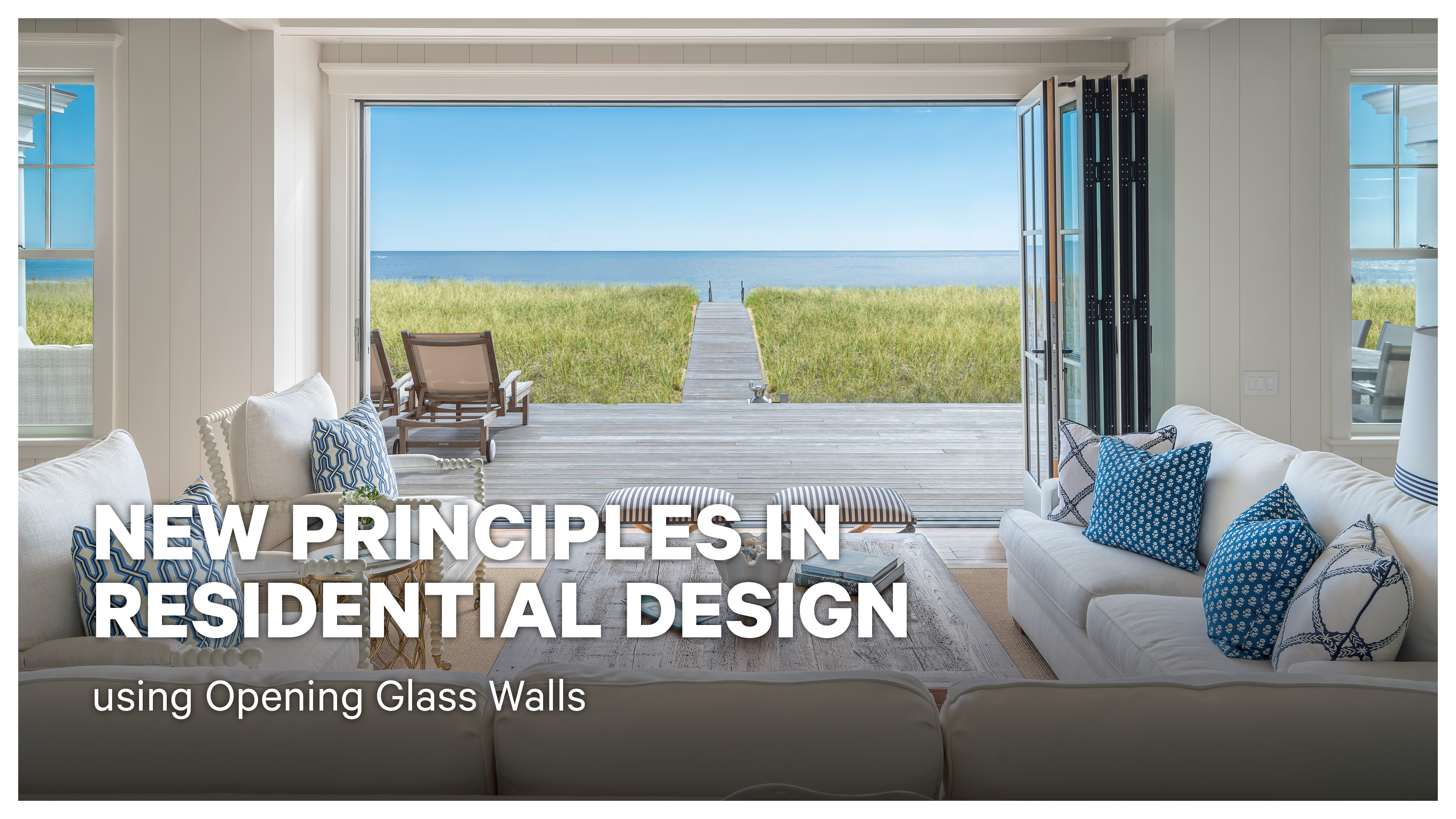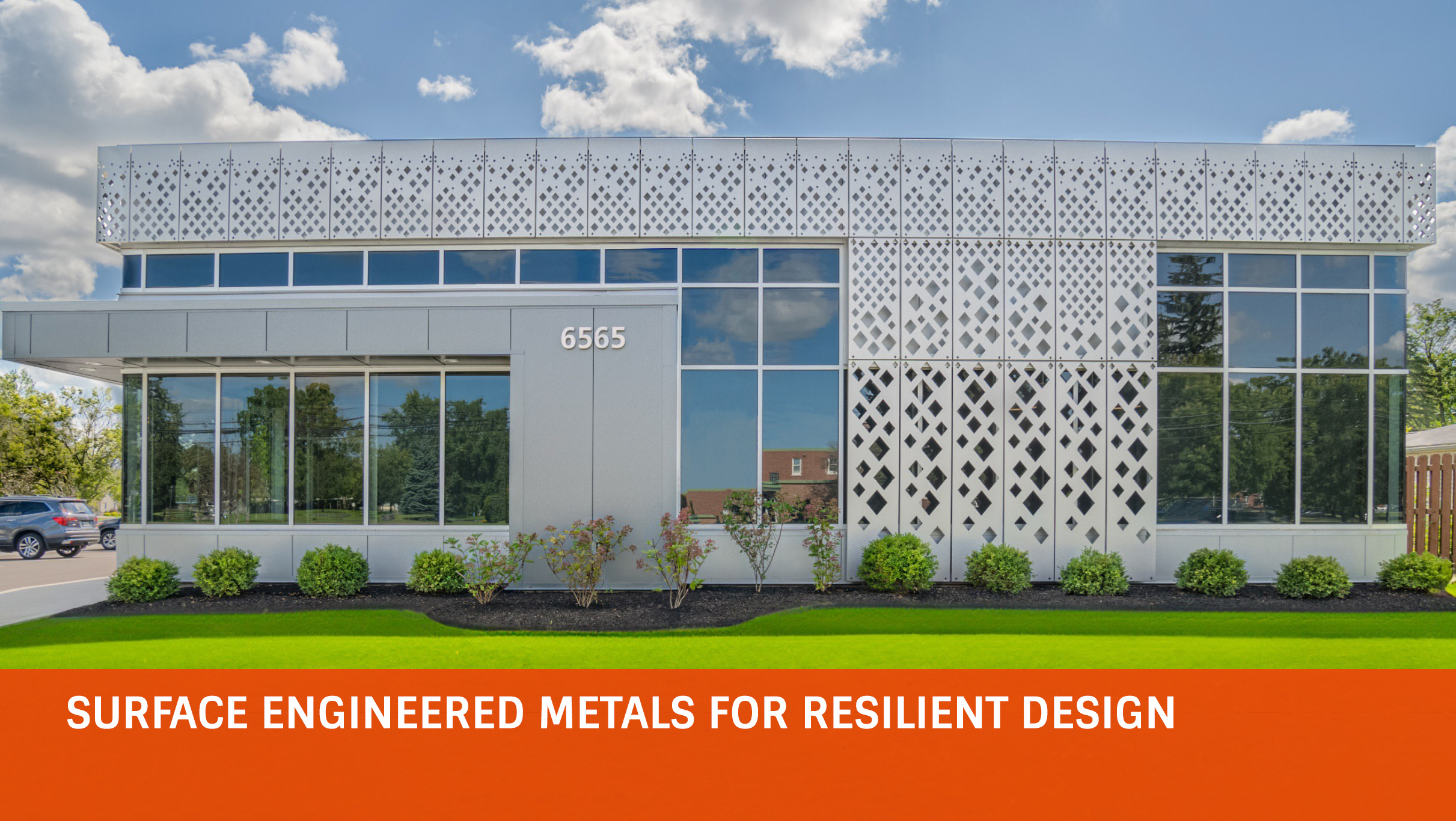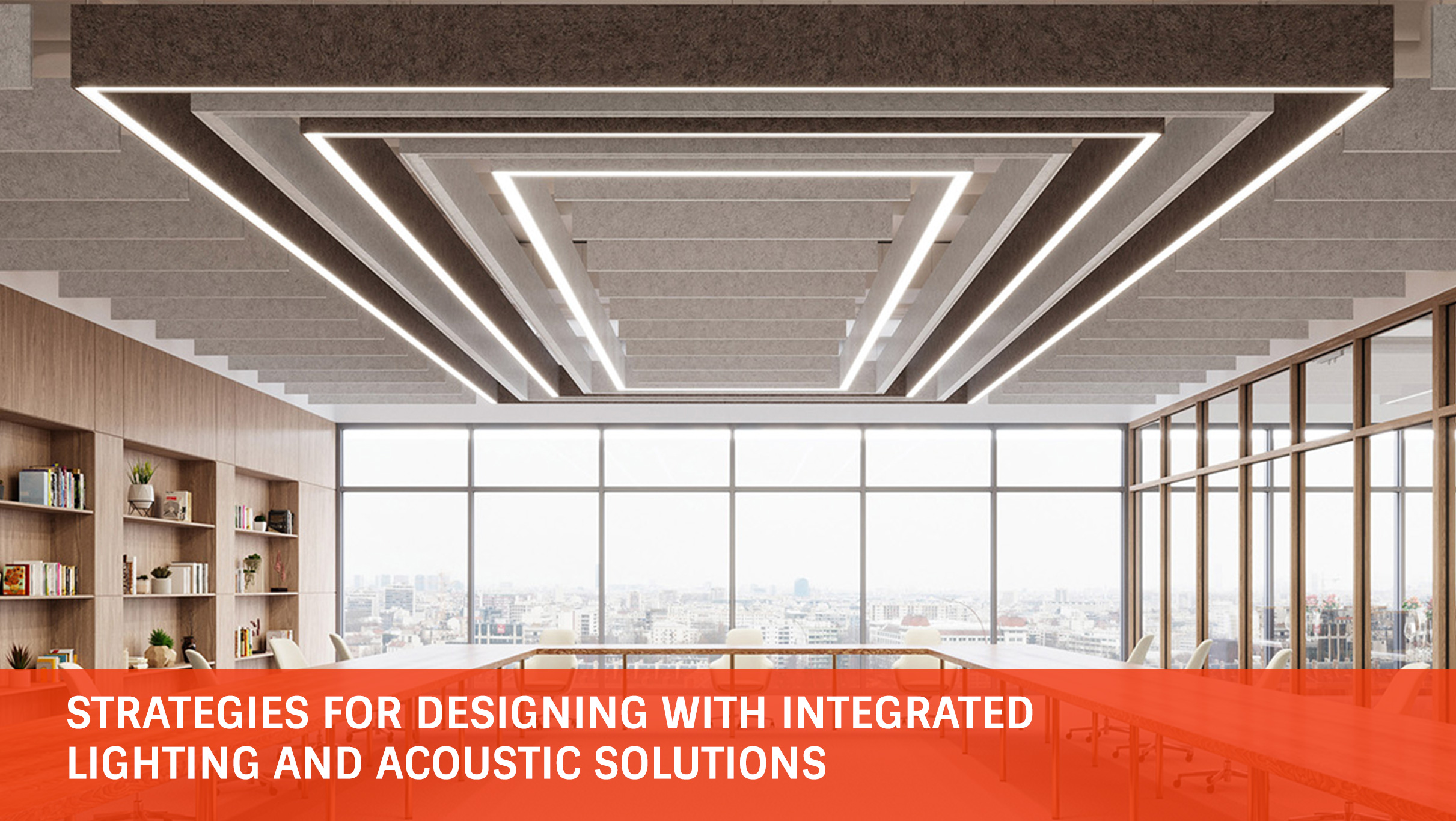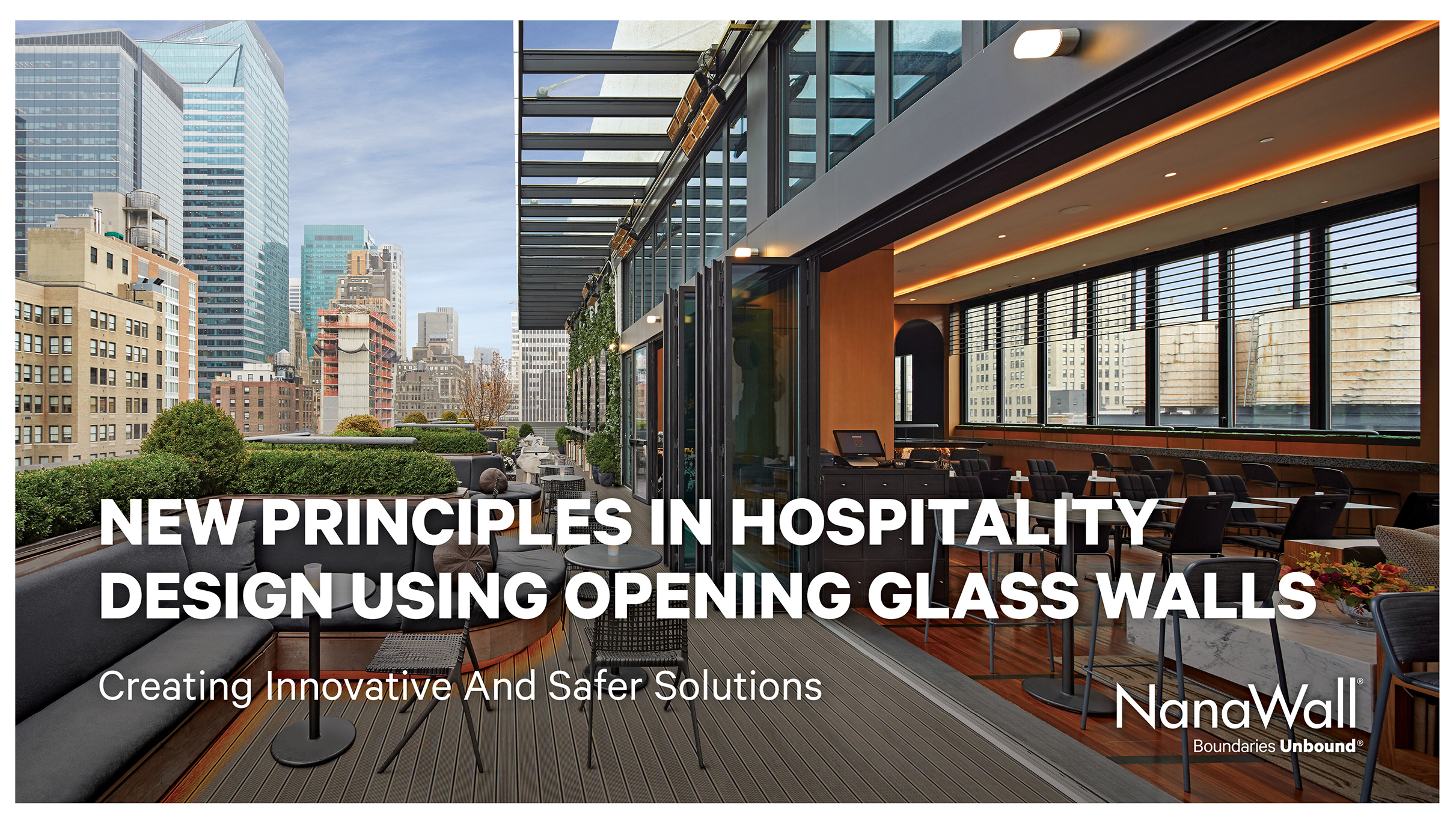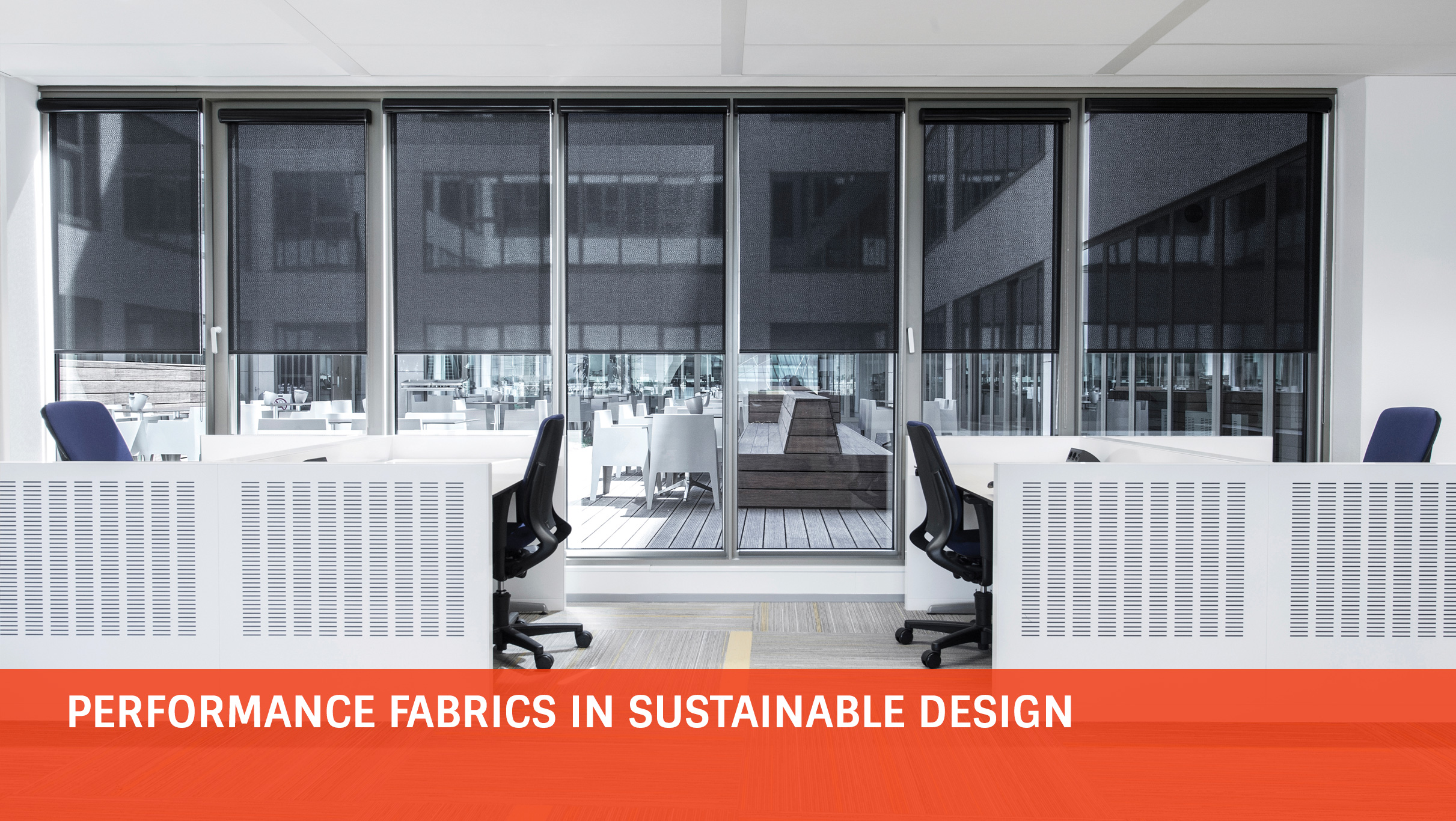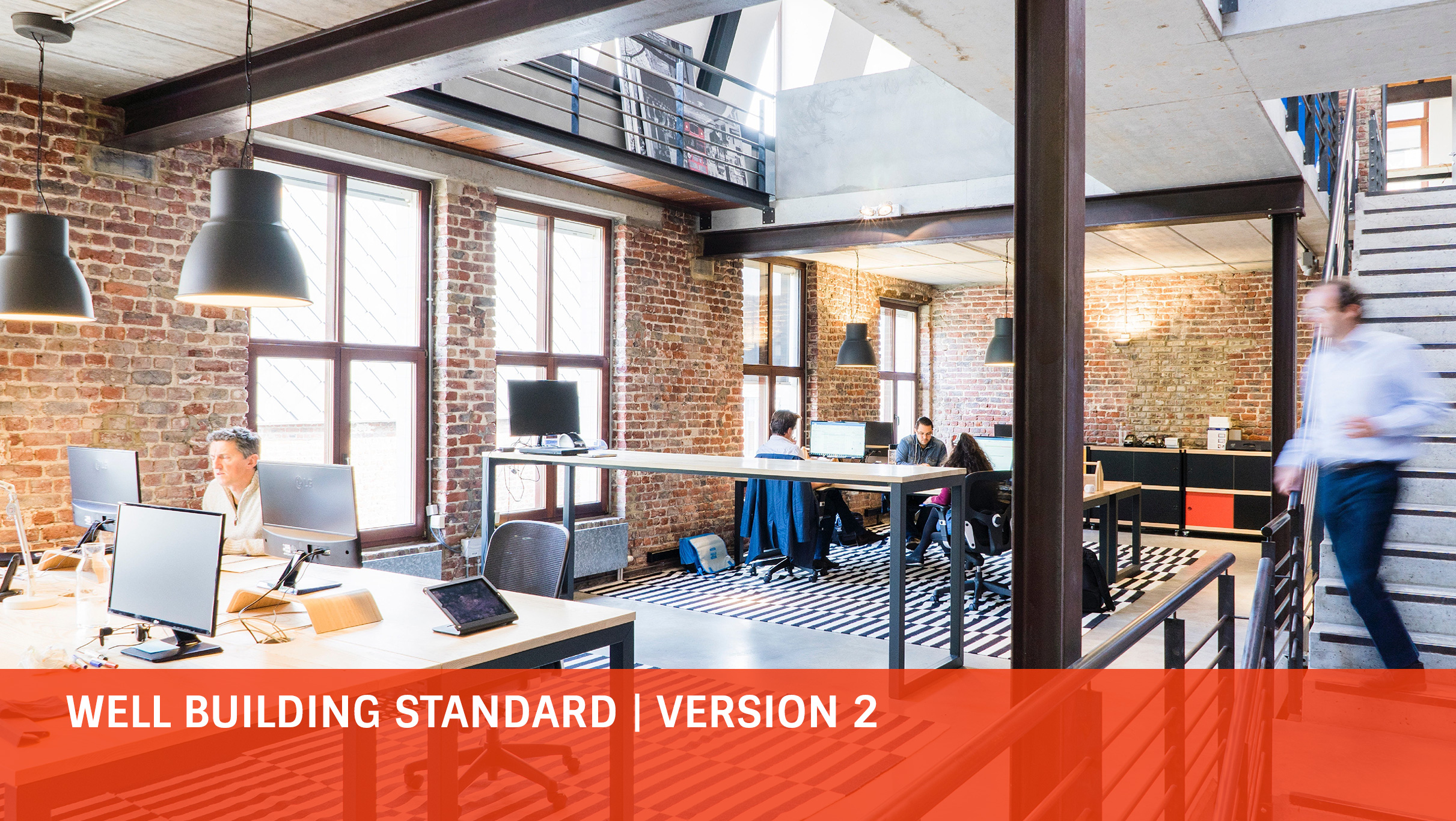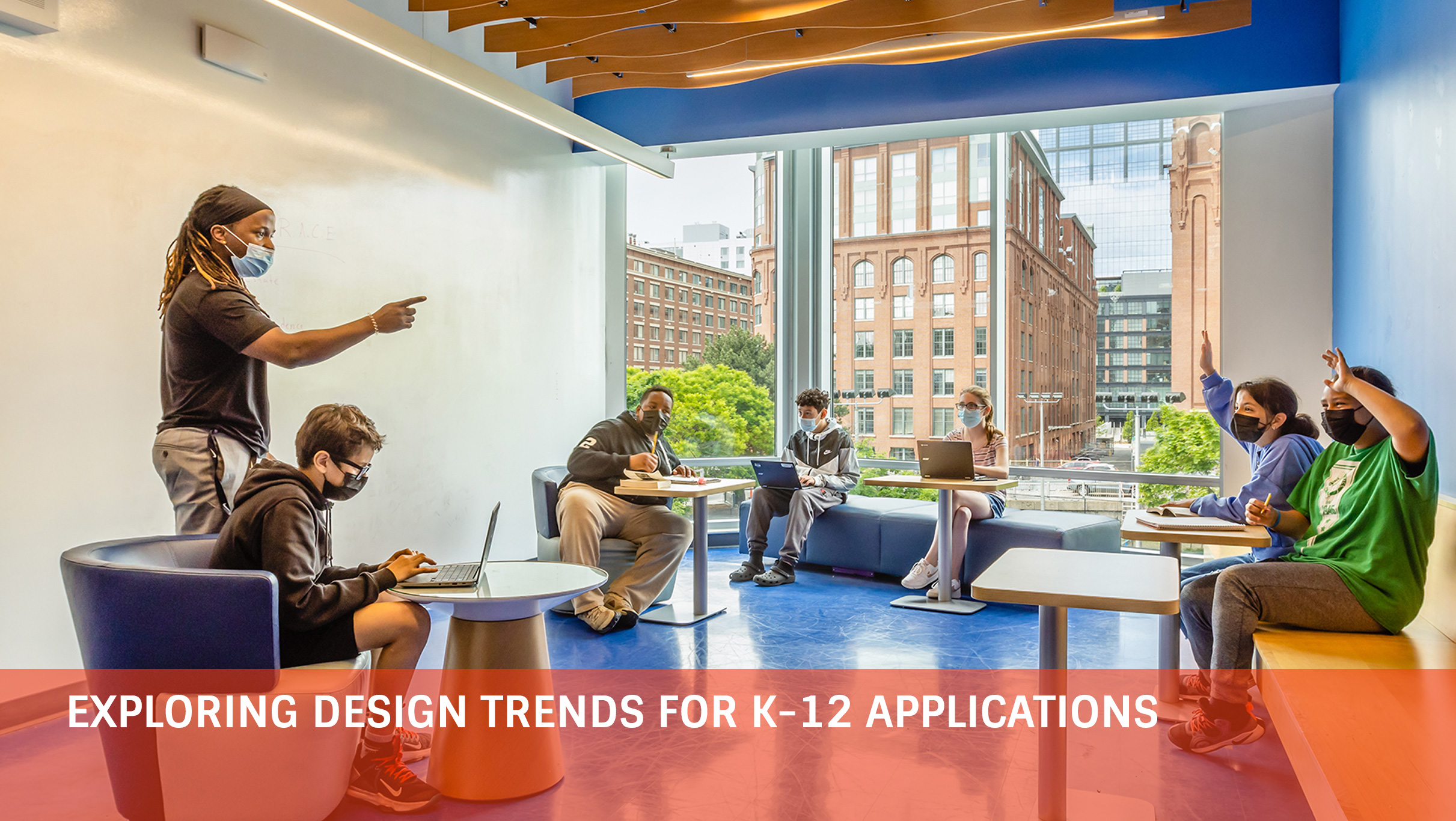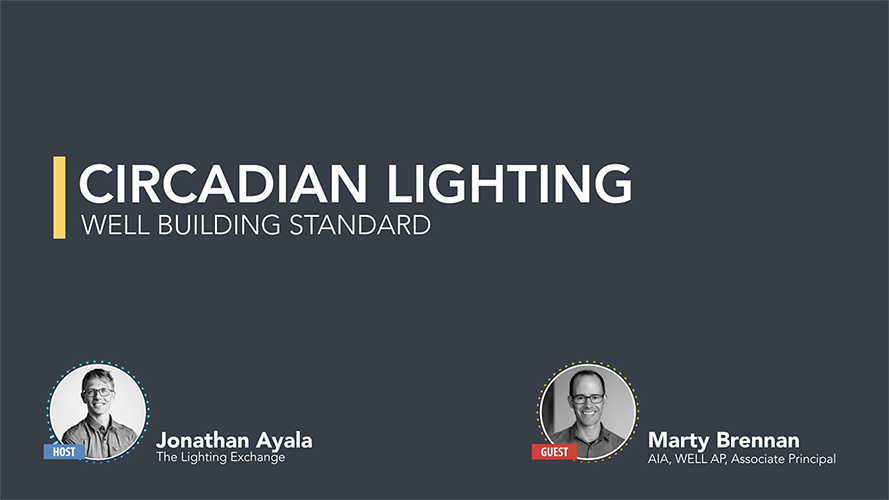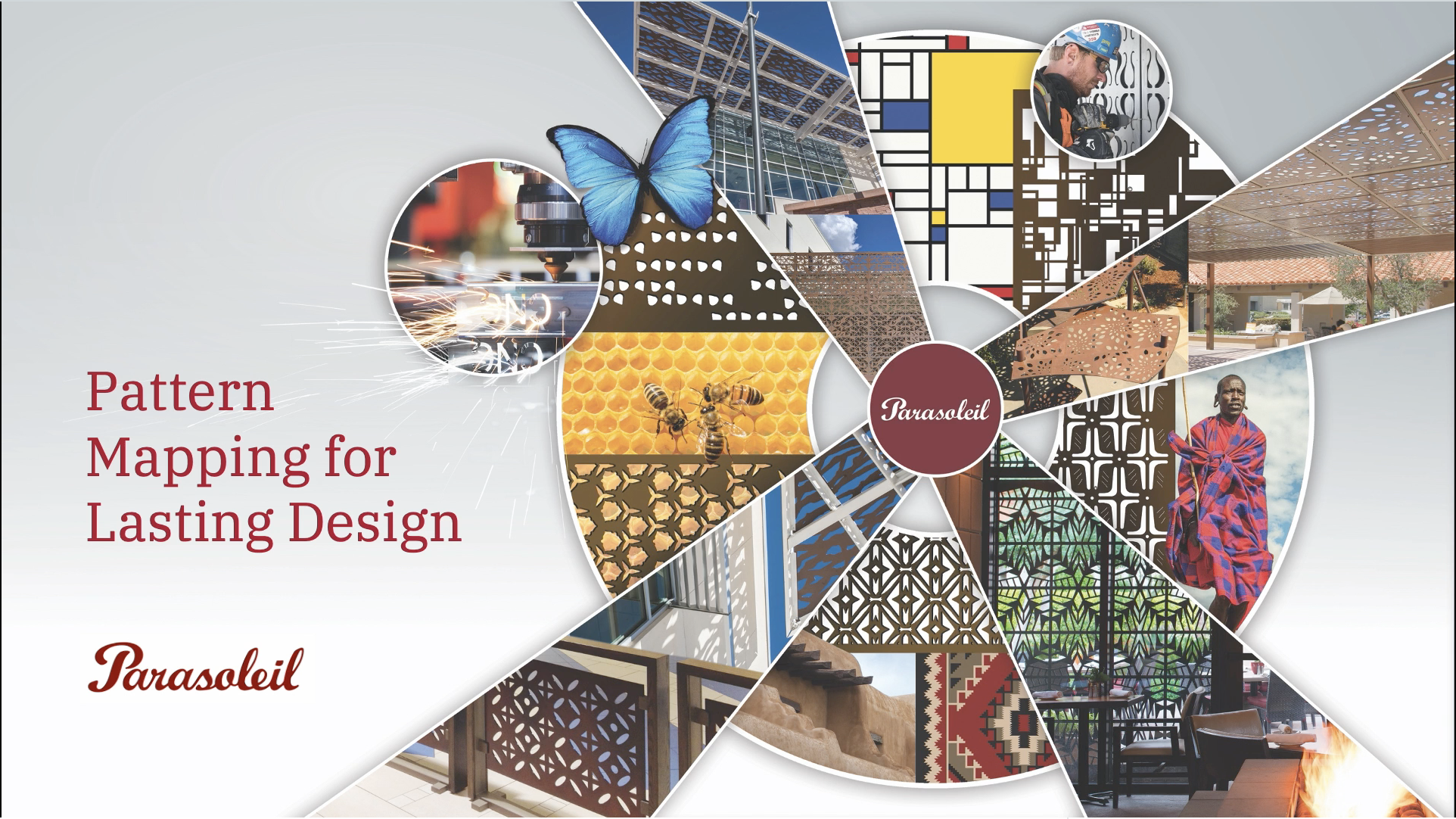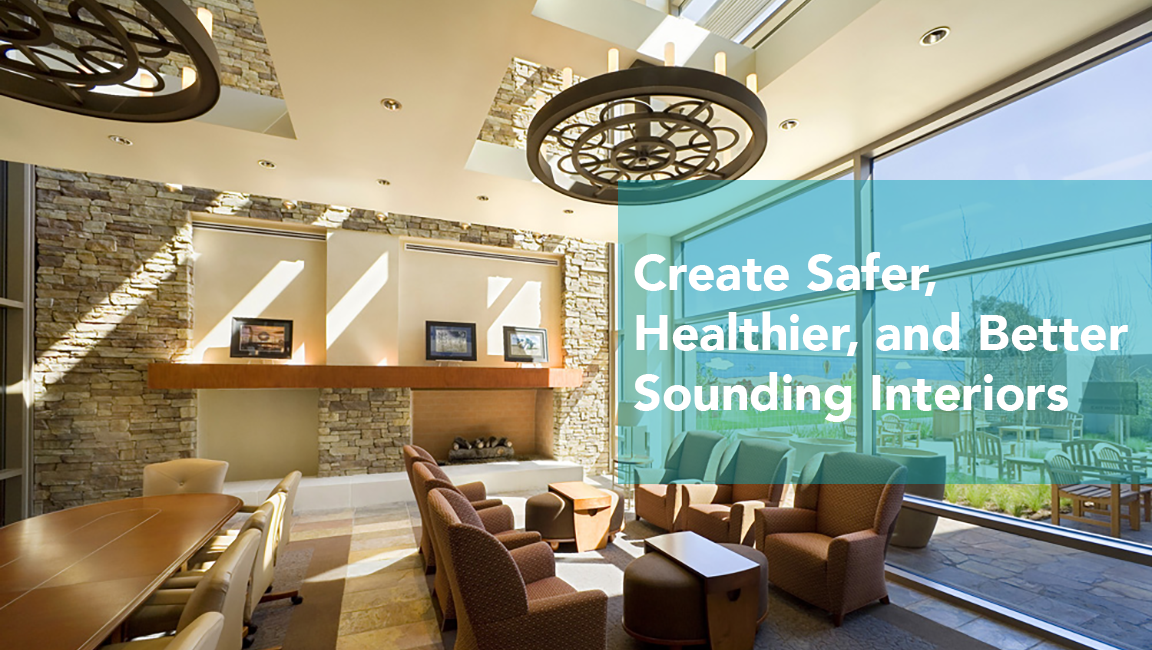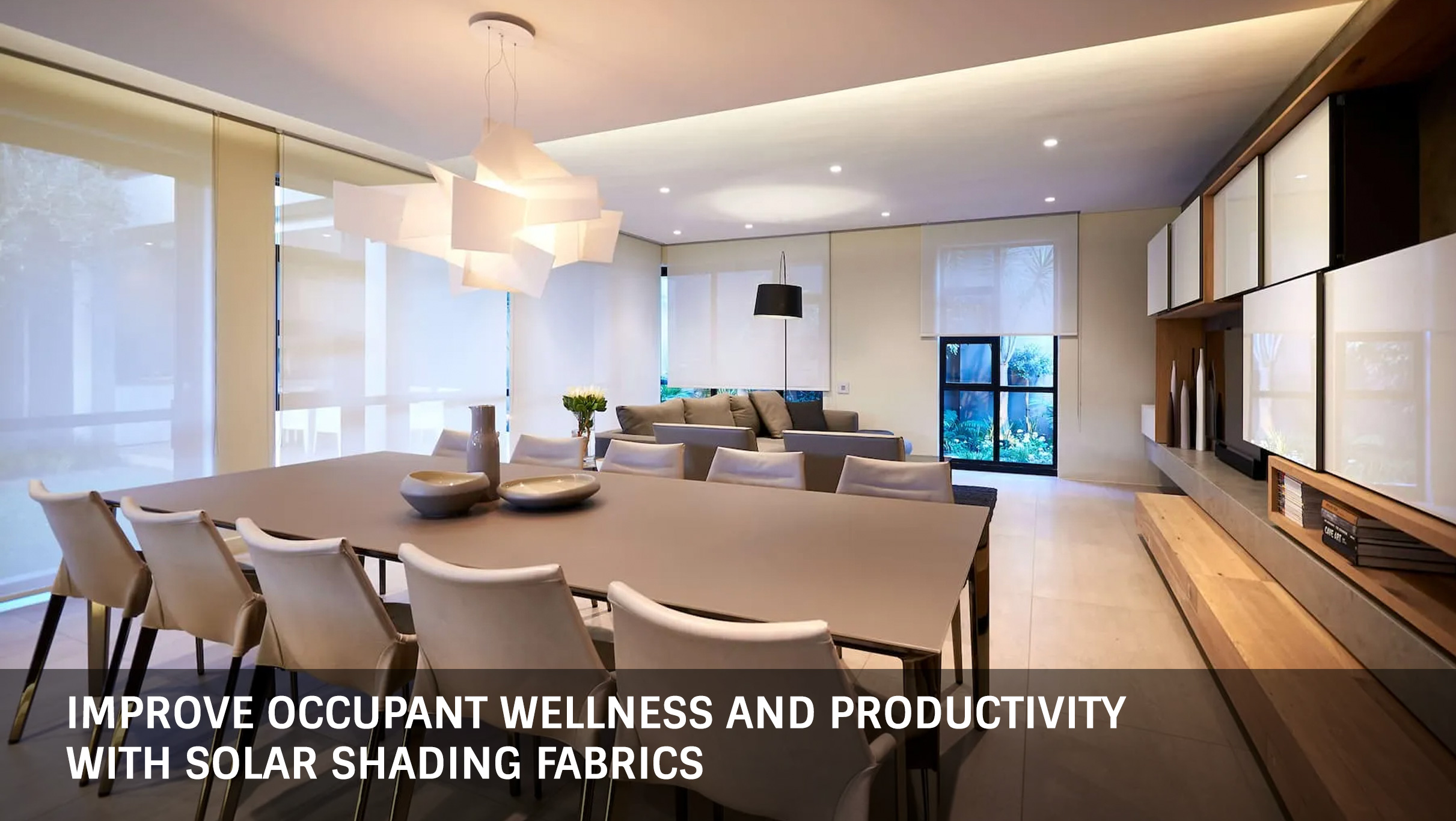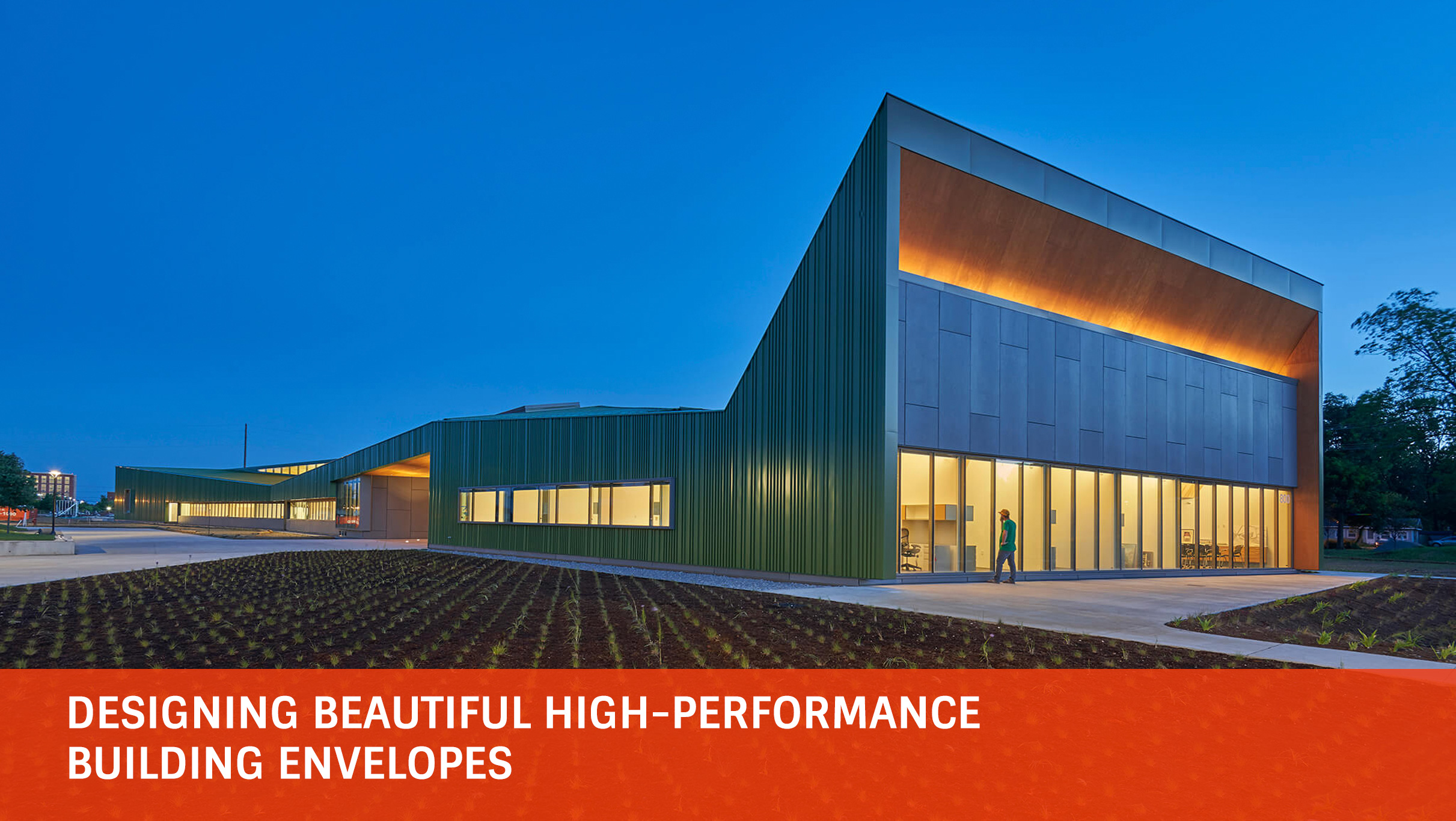The pattern map evaluates a pattern on two key elements: structure and nature. This course explains why these two elements affect how we recognize and respond to patterns and examines ways to bridge architecture and nature by using architectural panel systems with patterned openings, and provide a sense of space, privacy, shade, or camouflage with cladding, screens, or railings.
HSW Justification: Architectural use of patterns plays a vital role in enhancing the Health, Safety, and Welfare (HSW) in of our built environments. Our mental well-being, for example, can be positively impacted through organic biophilic geometries that connect occupants to nature to positively affect mood and reduce stress, while geometric or crystalline patterns create the dynamic visual interest necessary for effective way-finding elements to prevent accidents and ensure safer navigation. Some patterns can also be visually transparent while others act as camouflage which can be an important consideration for surface treatment in circulation areas. From a macro perspective, patterns can promote inclusivity and community engagement, while enriching their overall user experience.
Learning Objective 1: Students will learn to compare patterns on a pattern map and explore how different geometries are perceived and processed in the mind of the user, how they contribute to issues affecting safety, and even encourage engagement in built environments.
Learning Objective 2: Students will learn to explain how different characteristics and application of a pattern’s functionality can impact on how we perceive visual space to improve safety and social interaction, as well as contribute to positive mental health.
Learning Objective 3: Students will learn the importance of selecting the most appropriate openness factor and base material for the given project objectives, for example, how to enhance natural light, improve air quality, and create a welcoming atmosphere in built environments.
Learning Objective 4: Students will learn how to apply HSW Best Practices to provide privacy, facade screening, camouflage, shade, or railings with architectural panels with patterned openings to best create a positive user experience.
...Read More
Show Less
